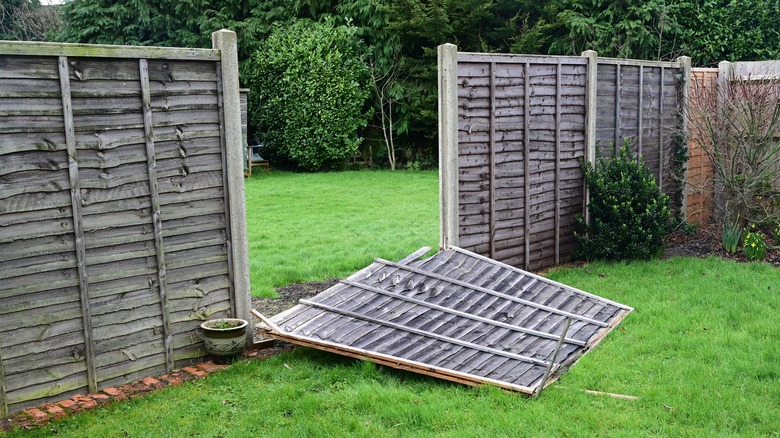What Is A 'Spite Fence' (And What You Can Do About It)
There's a certain unexpected charm to neighborhood life: an intricate dance of head nods, driveway chit-chats, shared responsibilities, and adopting unspoken codes around shared property lines. Building a fence, in most scenarios, adds a quaint allure to this picture. These barriers are the trusty sentinels that keep your treasured pet dog from going on unexpected adventures, the invisible lion tamers that keep eager neighborhood children at bay from the pool, and overall, they add an undeniable aesthetic appeal. But what if a fence morphs into an oppressive monolith born out of spite, designed purely to ruin your view, or worse, seemingly to get under your skin? That's a classic case of a spite fence.
Examples of spite fences vary widely, from towering wooden barricades to labyrinth-like hedges. Naturally, the first course of action should involve nothing more terrifying than a cup of coffee or tea and a conversation. However, such primary attempts at diplomacy might not always lead to a cheerful white-flag moment. Luckily, the legal world recognizes the likely shenanigans, which brings us to spite fence laws. In most states, specific ordinances can aid when you find yourself under the looming shadow of such a contentious structure. But remember: even though the grass may always seem greener on the other side of the spite fence, it's undoubtedly on the right side of the law.
Spite fences: Petty neighborly wars and applicable laws
Spite fences are grudges materialized, rearing high above gardens and nixing sunlight, views, and even that sweet afternoon breeze. And guess what? These barriers transcend the boundaries of your everyday wooden pickets and galvanized steel. They're an exhibition of resentment, coming in all shapes and sizes, from fast-growing hedges to unmaintained, jarring walls. Planted or built, these additions can overthrow your peaceful vistas and possibly wreck property values.
Ever heard of the embittered tale of Charles Crocker and Nicholas Yung? Wealthy Crocker was eager to turn California Street Hill (Now Nob Hill) into a posh countryside mansion landscape. He and his partners rallied, snatching up properties until they met Yung, who stubbornly held to his plot. The result was a colossal 40-foot tall wooden fence, courtesy of Crocker, looming over Yung's home. The ensuing feud upstaged the Hatfields and McCoys, stretching over 29 years and even outliving Yung and Crocker, only to end with a reluctant truce between their descendants in 1905.
Regarding legality, spite fences tread the thin line between exasperating pettiness and downright illegal. Law enforcement may get involved when the barrier reeks of maliciousness — but spite fence laws are as varied as the states they govern. Many states qualify them as a "private nuisance" if they're proven to be malicious and exceed certain parameters. In California, any spite-injected structure exceeding 10 feet is prohibited. Meanwhile, states like Maine and Massachusetts play it tighter with a 6-foot threshold.
What to do about a spite fence
There's a three-step plan you can capitalize on to dismantle nuisance fences and reclaim neighborly harmony. Before you summon lawyers, try the age-old art of diplomacy: a tête-à-tête with the monument's architect. A candid heart-to-heart might allow both parties to acknowledge missteps and forge a compromise. After all, bitter rivalries, much like fences, have a history of crumbling, given time and finesse. But when the chatter turns bitter, wave the white flag of mediation. This sanctuary — a negotiation table overseen by a neutral third party — can help ease tensions and plot a course to resolution without severing the remaining threads of goodwill. The approach isn't just lighter on the purse strings. It could also breathe life into Robert Frost's adage, "Good fences make good neighbors."
When push comes to shove, it's time to venture into the wilds of spite fence laws. Tread carefully, for not all states read from the same rulebook. Here, local real estate attorneys shine, navigating the maze where an eyesore teeters on the brink of illegality. Evidence plays a crucial role in litigation, so gather anything that can tip the scales in your favor. Think of hard copies of messages describing the situation, testimonials from other neighbors, and documentation of the fence's inception following an argument. Since states have unique legal perspectives, be prepared to battle a hydra of legal intricacies.


